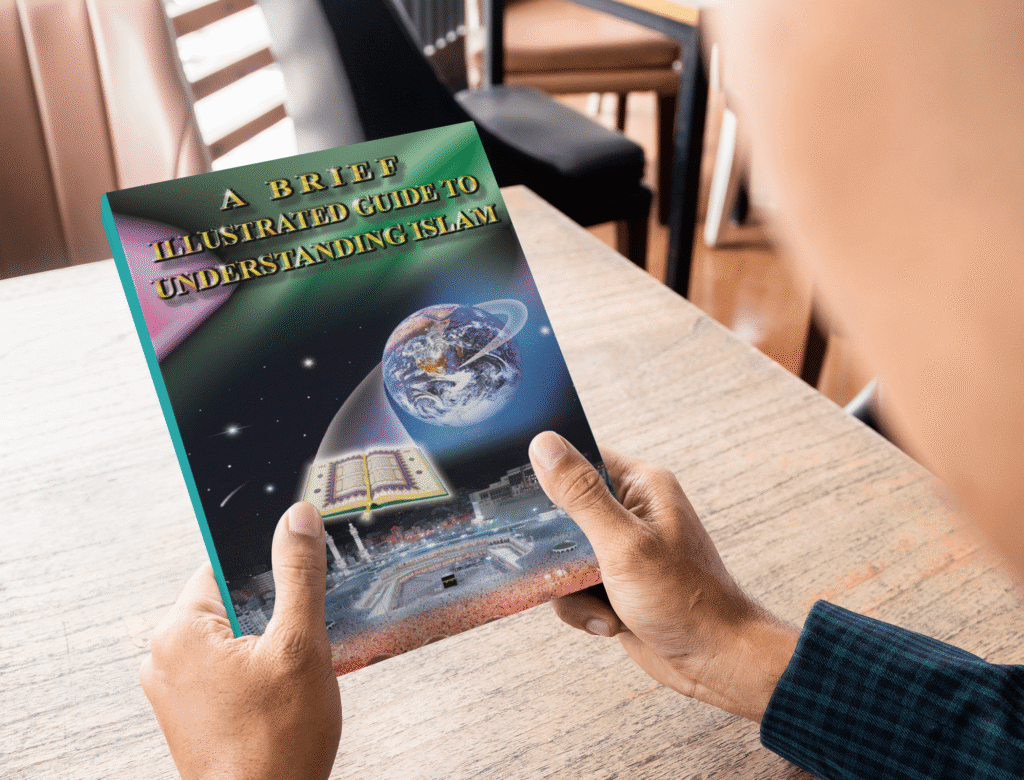
A Brief Illustrated Guide To Understanding Islam
By: I. A. Ibrahim and notable contributors
The book offers an accessible and visually engaging introduction to the core beliefs, practices, and teachings of Islam.
This guide is designed to provide clear and concise information for those who are new to the faith or seeking to deepen their understanding.
Through illustrations, photographs, and straightforward explanations, the book covers various aspects of Islam, including its history, scriptures, and the role of Muslims in the world today.
It serves as an essential resource for fostering greater awareness and appreciation of Islam’s rich spiritual heritage.
